What Is the Basic Concept of Electric Bikes?

Electric bikes transform cycling by adding motorized assistance, enhancing riders' efforts. They feature a motor that provides varying levels of support, improving travel experiences. Safety elements like speed limiters are in place for controlled riding. Batteries power the motor and require regular charging. The motor activates for uphill climbs and longer journeys. Components include the motor, battery, controller, sensors, and display. These bikes offer convenient, eco-friendly transport with pedal-assist for extended travel. Different motor types impact performance. They're game-changers for reducing carbon footprints and commute costs. Learn more about this green mode of transport!
How Electric Bikes Function
Understanding the operational mechanics of electric bikes provides insight into the seamless integration of motorized assistance with traditional cycling.
Electric bikes function by utilizing a motor that assists the rider's pedaling efforts, offering varying levels of assistance based on the selected power mode. When the rider pedals, the motor engages to provide an extra boost, making uphill climbs and long distances more manageable.
Safety features such as speed limiters and automatic power cutoffs guarantee a secure riding experience.
The battery, a vital component, stores the energy needed to power the motor and requires regular charging for peak performance.
Components of Electric Bikes
Electric bikes consist of several essential components that work together to provide motorized assistance to riders during cycling. The main components include the motor, battery, controller, sensors, and display panel.
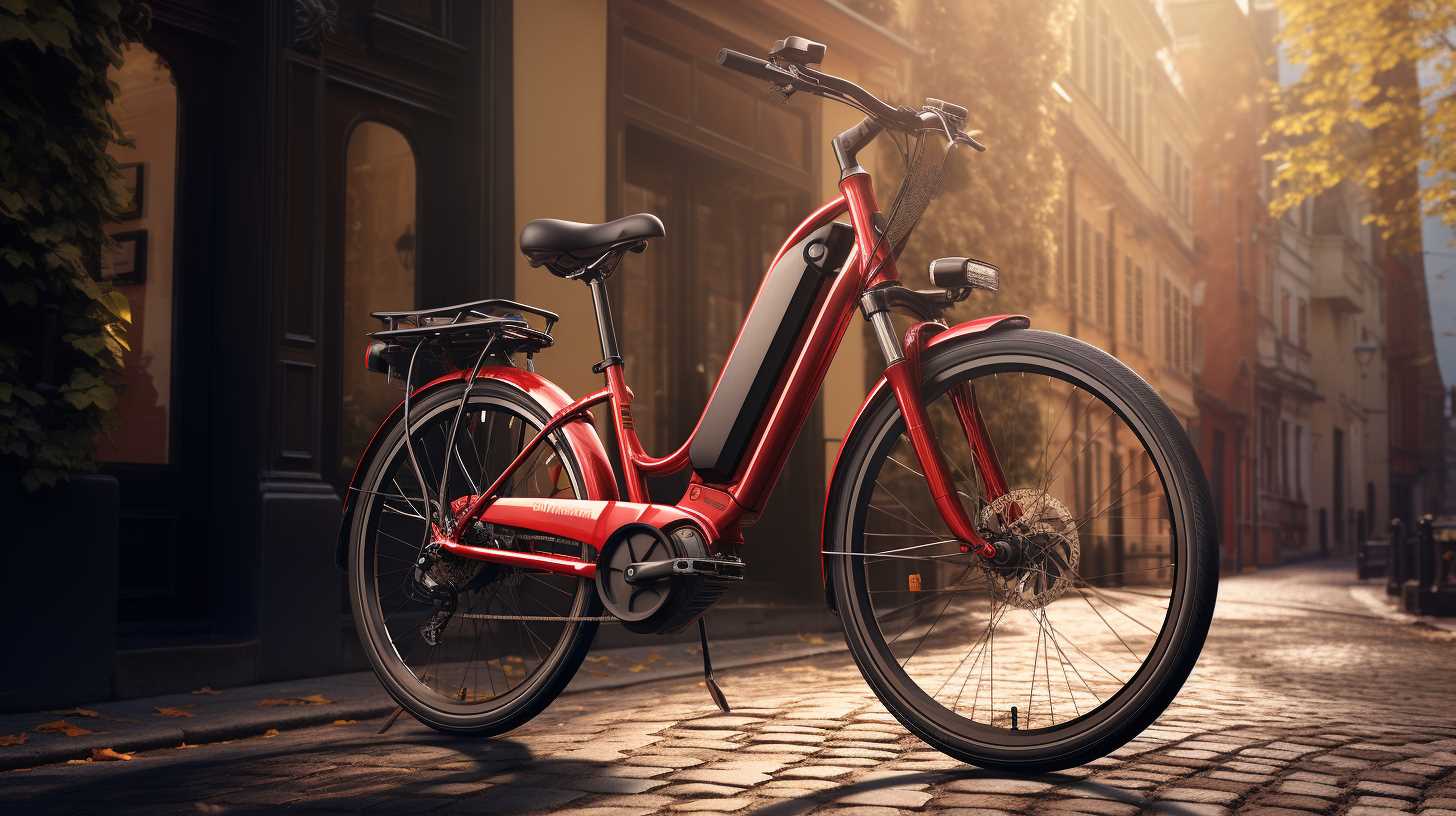
The motor is the powerhouse of the electric bike, propelling the bike forward with varying levels of assistance. The battery stores the energy needed to power the motor and typically determines the bike's range.
The controller regulates the flow of electricity from the battery to the motor, ensuring smooth operation. Sensors detect the rider's pedaling cadence, speed, and torque, adjusting the motor assistance accordingly.
The display panel provides real-time information such as speed, battery level, and assistance mode, helping riders stay informed and safe while enjoying the benefits of electric biking.
Advantages of Electric Bikes
When considering the benefits of electric bikes, it becomes evident that they offer a convenient and eco-friendly mode of transportation for various riders.
Electric bikes provide an excellent alternative to traditional bicycles, especially for those looking to reduce their carbon footprint and lower commuting costs. One of the key advantages is the pedal-assist feature, which allows riders to travel longer distances with less effort, making it an ideal choice for individuals of varying fitness levels.
Additionally, electric bikes enable riders to navigate hilly terrains more easily, promoting a safer and more enjoyable riding experience. With the ability to switch between pedaling and motorized assistance, electric bikes offer versatility and comfort, making them a practical and sustainable transportation option for safety-conscious riders.
Types of Electric Bike Motors
Electric bikes come in various types of motors, each with its own set of advantages and functionalities.
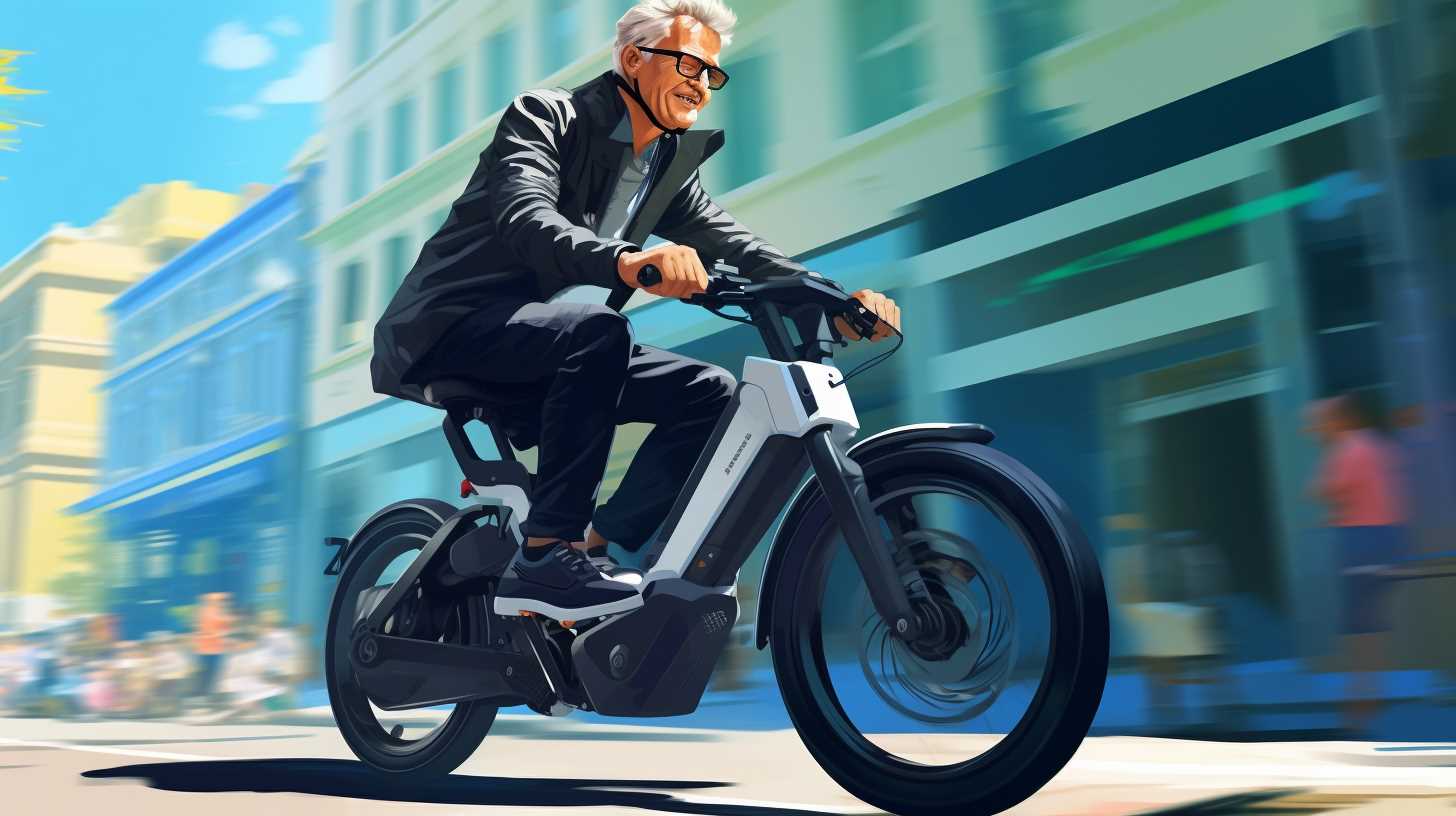
Understanding the different motor types can help riders make informed decisions based on factors such as power, efficiency, and performance.
Motor Types Overview
In the domain of electric bikes, the variety of motor types available plays a pivotal role in determining the performance and functionality of these eco-friendly vehicles. When considering electric bike motors, it's important to prioritize safety.
Here are four common motor types to be aware of:
- Hub Motors: These motors are situated in the bike's wheel hub, providing a seamless and quiet riding experience. Mid-Drive Motors: Positioned near the bike's center, these motors offer better balance and efficiency by leveraging the bike's gears. Crank Motors: These motors are integrated into the bike's crankset, offering a natural riding feel with added power assistance. Geared Motors: Geared motors improve torque, especially beneficial for uphill rides, but may produce more noise compared to hub motors.
Power and Efficiency
The selection of motor types in electric bikes significantly impacts their power output and efficiency. There are three main types of electric bike motors: hub motors, mid-drive motors, and friction drive motors.
Hub motors are located in the wheel hub and provide a good balance of power and simplicity, making them popular for casual riders.
Mid-drive motors, situated near the bike's pedals, offer better efficiency by utilizing the bike's gears, making them ideal for hilly terrains and longer rides.
Friction drive motors are less common and provide a simpler design with decent power output. When choosing an electric bike, consider the motor type carefully to achieve the right balance between power and efficiency, promoting a safe and enjoyable riding experience.
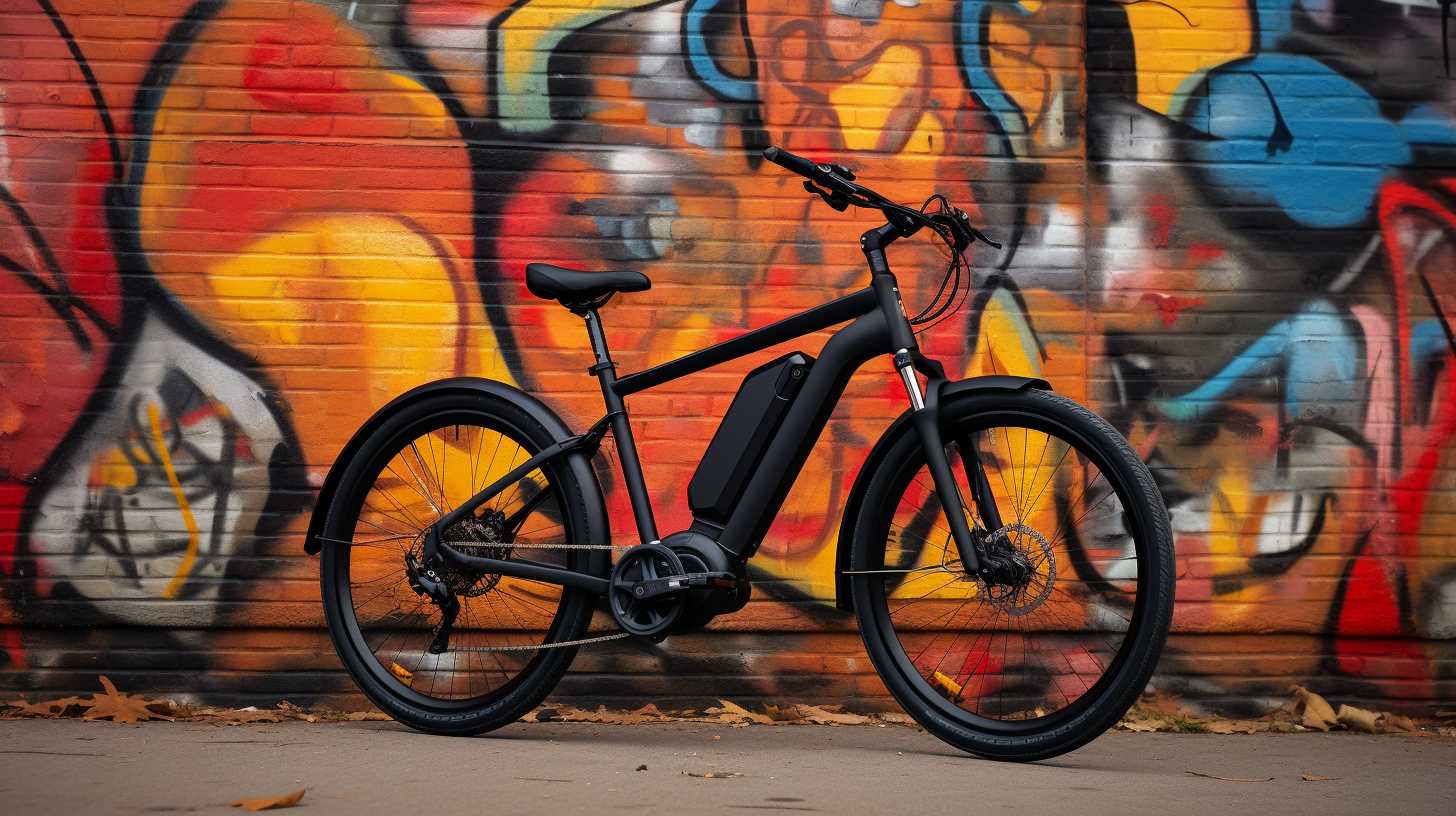
Performance Comparison
Types of electric bike best ebike motors vary in performance, impacting power output and efficiency differently. When comparing electric bike motors, consider these factors:
- Hub Motors: Known for their simplicity and reliability, hub motors provide a smooth and quiet ride, ideal for urban commuting. Mid-Drive Motors: These motors offer better weight distribution and efficiency, making them suitable for hilly terrains and long-distance rides. Power Rating: Higher power ratings indicate better acceleration and climbing ability, but it's essential to match the power to your skill level for safe riding. Torque Sensors: Motors with torque sensors provide a more natural riding experience by adjusting power output based on your pedaling effort, promoting safer handling and control.
Battery Technology in Electric Bikes
Lithium-ion batteries play a crucial role in powering the electric bikes of today, providing efficient energy storage for extended rides. These batteries are known for their reliability and long lifespan, offering riders a safe and consistent power source.
Electric bike manufacturers prioritize using high-quality lithium-ion batteries that undergo rigorous testing to guarantee they meet safety standards. Riders can feel confident knowing that these batteries are designed to prevent overheating or short circuits, reducing the risk of accidents.
Additionally, lithium-ion batteries are lightweight, contributing to the overall safety and handling of electric bikes. By incorporating advanced battery technology, electric bikes can deliver a smooth and secure riding experience for enthusiasts looking to discover new horizons.
Electric Bikes Vs. Traditional Bikes
Electric bikes and traditional bikes differ in their power sources, with electric bikes relying on rechargeable batteries while traditional bikes require human pedaling.
In terms of speed and efficiency, electric bikes generally offer higher speeds with less effort from the rider compared to traditional bikes.
Additionally, the environmental impact of electric bikes is lower than that of traditional bikes due to reduced carbon emissions and reliance on renewable energy sources.
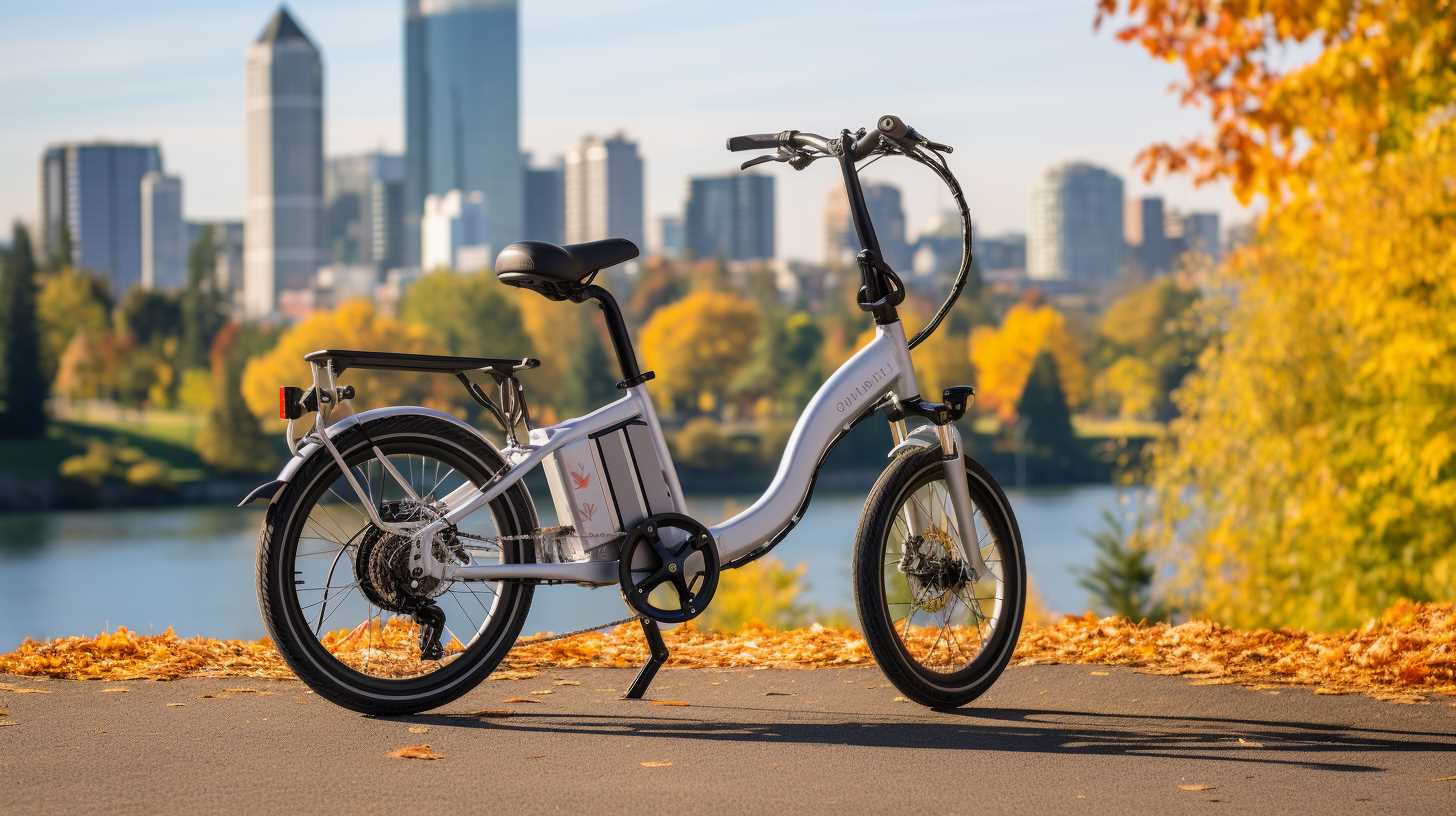
Power Source Comparison
When contrasting the power sources used in electric bikes with those found in traditional bicycles, a notable difference in efficiency and environmental impact becomes evident. Here are some key points to take into account:
- Efficiency: Electric bikes provide a consistent source of power, reducing the effort required from the rider and making it easier to navigate challenging terrains. Environmental Impact: Electric bikes produce no emissions during operation, promoting cleaner air quality and reducing the carbon footprint compared to traditional bikes. Sustainability: Electric bikes can be charged using renewable energy sources, aligning with eco-friendly practices and promoting a sustainable mode of transportation. Safety: The consistent power output of electric bikes can improve safety by helping riders maintain speed and control, especially in traffic or hilly areas.
Speed and Efficiency
In the world of cycling, the comparison between speed and efficiency reveals distinct advantages of electric bikes over traditional bicycles. Electric bikes offer the ability to reach higher speeds with less effort, making them ideal for longer commutes or hilly terrains.
The assistance provided by the electric motor allows riders to maintain a steady pace without overexerting themselves, promoting a safer and more enjoyable riding experience. Traditional bikes, while effective for exercise and short distances, may require more physical exertion to achieve similar speeds, potentially leading to fatigue or strain.
Environmental Impact
Comparing the environmental impact of electric bikes to traditional bicycles reveals significant differences in sustainability and resource consumption. When considering the environmental implications, electric bikes offer several advantages over traditional bicycles:
- Emissions Reduction: Electric bikes produce zero emissions during operation, contributing to cleaner air quality. Resource Conservation: Traditional bikes require significant physical exertion, while electric bikes assist riders, potentially encouraging more individuals to choose cycling over driving. Energy Efficiency: Electric bikes can be charged using renewable energy sources, further reducing their carbon footprint. Long-term Sustainability: The shift towards electric bikes can help decrease reliance on fossil fuels, promoting a more sustainable transportation system for the future.
Frequently Asked Questions
Can Electric Bikes Be Used in Rainy Conditions?
When pondering the use of electric bikes in rainy conditions, it is crucial to note that most electric bikes are designed to be water-resistant. However, it is advisable to exercise caution and uphold proper maintenance to guarantee safety.
What Is the Average Lifespan of an Electric Bike Battery?
The average lifespan of an electric bike battery is typically around 2 to 4 years, depending on usage and maintenance. Regularly charging the battery, avoiding extreme temperatures, and following manufacturer guidelines can help extend its longevity.
Are There Any Safety Concerns Specific to Electric Bikes?
In the domain of electric bikes, safety concerns often revolve around battery-related hazards, potential overheating risks, and the importance of proper maintenance. Understanding these aspects is vital for a secure and enjoyable riding experience.
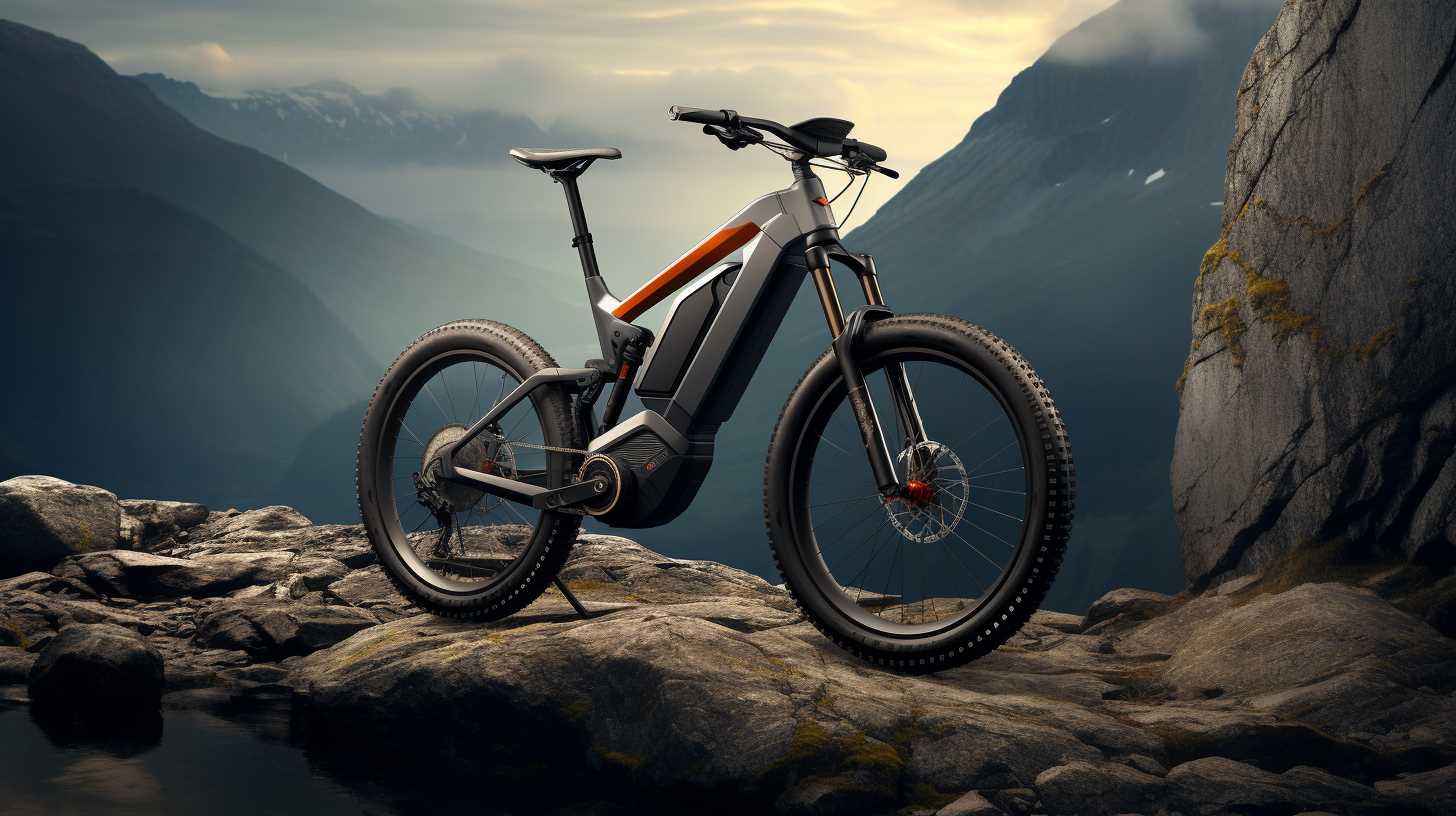
How Long Does It Take to Fully Charge an Electric Bike?
Fully charging an electric bike typically takes around 3 to 6 hours. It's important to follow manufacturer guidelines for best charging times. Charging practices can impact battery lifespan, so it's advisable to avoid overcharging.
Are There Any Regulations or Restrictions for Electric Bikes on the Road?
Regulations and restrictions for electric bikes on the road vary by location. For instance, in some areas, riders must be a certain age, wear helmets, and follow speed limits. Familiarize yourself with local laws to guarantee safe riding practices.
Created with © systeme.io

